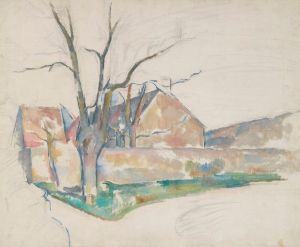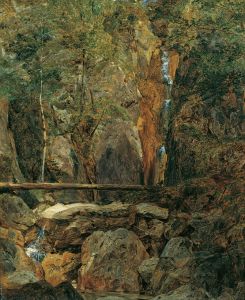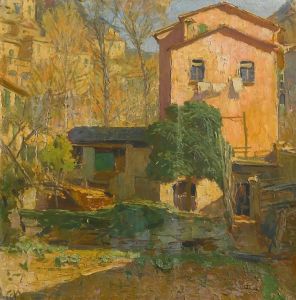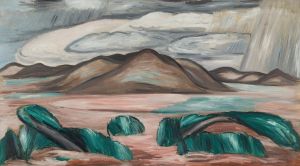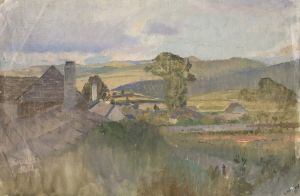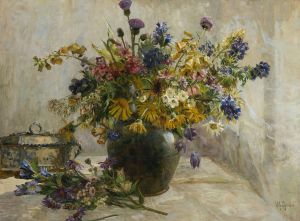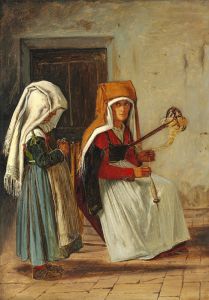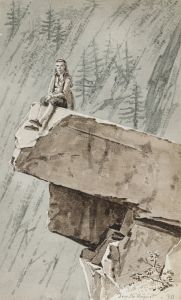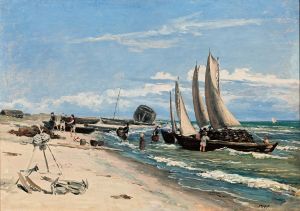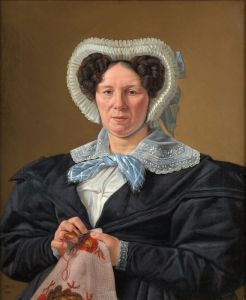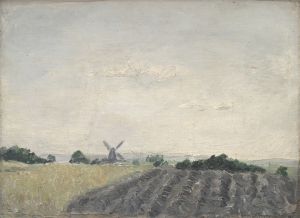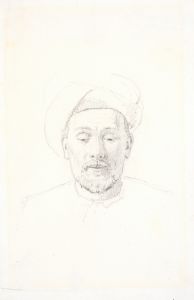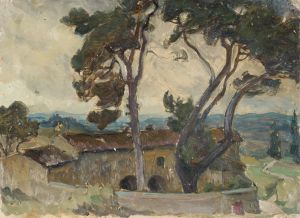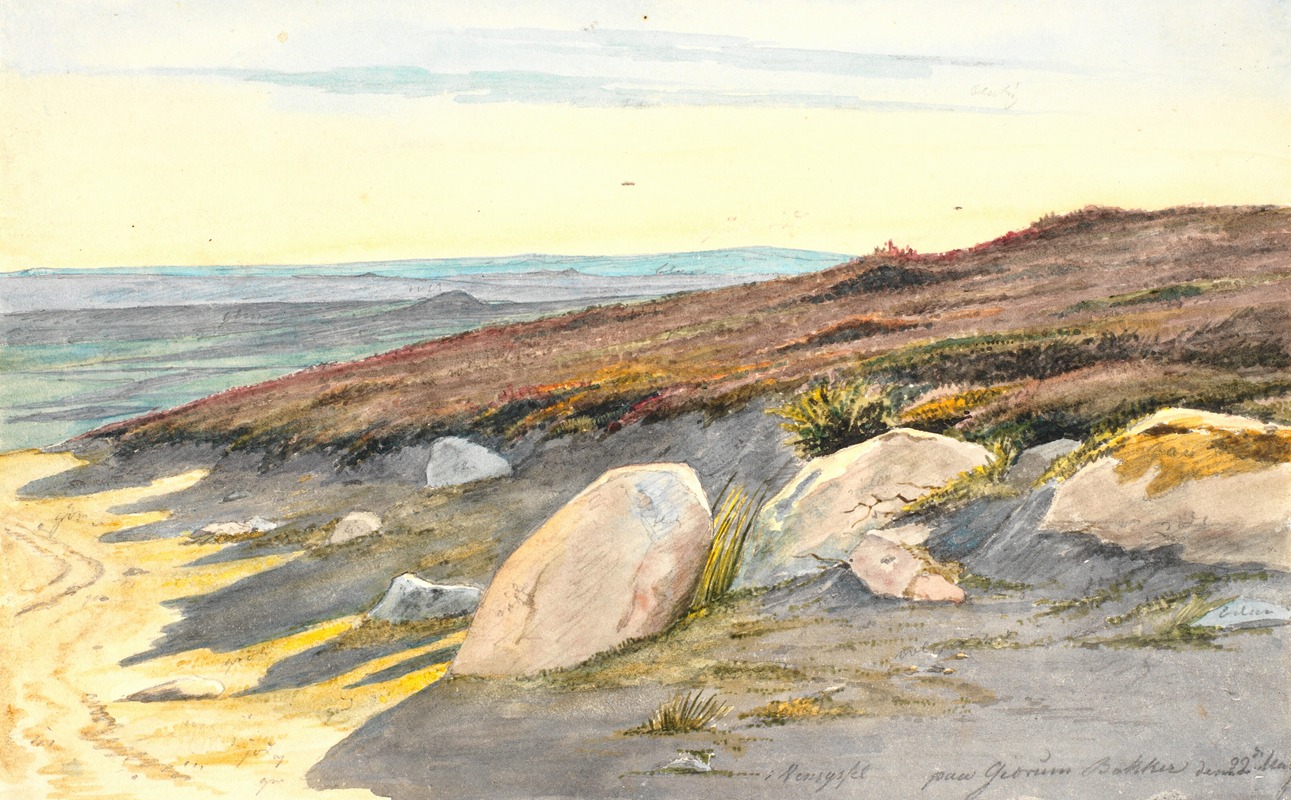
Fra Gærum bakker i Vendsyssel, 22. maj 1833
A hand-painted replica of Martinus Rørbye’s masterpiece Fra Gærum bakker i Vendsyssel, 22. maj 1833, meticulously crafted by professional artists to capture the true essence of the original. Each piece is created with museum-quality canvas and rare mineral pigments, carefully painted by experienced artists with delicate brushstrokes and rich, layered colors to perfectly recreate the texture of the original artwork. Unlike machine-printed reproductions, this hand-painted version brings the painting to life, infused with the artist’s emotions and skill in every stroke. Whether for personal collection or home decoration, it instantly elevates the artistic atmosphere of any space.
"Fra Gærum bakker i Vendsyssel, 22. maj 1833" is a painting by the Danish artist Martinus Rørbye, a prominent figure in the Danish Golden Age of painting. Rørbye was known for his landscape paintings, which often depicted scenes from his travels across Denmark and other parts of Europe. This particular work captures the landscape of Gærum Bakker in Vendsyssel, a region in the northern part of Denmark, on the date specified in the title, May 22, 1833.
Martinus Rørbye was born on May 17, 1803, in Drammen, Norway, but he moved to Denmark at a young age. He studied at the Royal Danish Academy of Fine Arts in Copenhagen, where he was influenced by the teachings of Christoffer Wilhelm Eckersberg, often referred to as the father of Danish painting. Under Eckersberg's guidance, Rørbye developed a keen eye for detail and a strong sense of composition, both of which are evident in his landscape works.
The painting "Fra Gærum bakker i Vendsyssel, 22. maj 1833" is a testament to Rørbye's ability to capture the serene beauty of the Danish countryside. The work is characterized by its meticulous attention to detail and its realistic portrayal of the natural environment. Rørbye's use of light and shadow creates a sense of depth and dimension, inviting the viewer to step into the tranquil scene.
In this painting, Rørbye depicts the rolling hills of Gærum Bakker, a landscape marked by its gentle slopes and lush greenery. The composition is balanced and harmonious, with the foreground, middle ground, and background seamlessly integrated to create a cohesive whole. The sky, painted with soft, muted colors, suggests a calm and peaceful day, typical of the Danish spring.
Rørbye's landscapes often reflect his interest in capturing the essence of a place, and "Fra Gærum bakker i Vendsyssel, 22. maj 1833" is no exception. The painting not only showcases the natural beauty of the region but also conveys a sense of timelessness and tranquility. It is a reflection of Rørbye's skill in rendering the subtleties of light and atmosphere, which were hallmarks of his work.
Throughout his career, Martinus Rørbye traveled extensively, drawing inspiration from the various landscapes he encountered. His travels took him to Italy, Greece, and Turkey, among other places, but he always maintained a strong connection to his Danish roots. This connection is evident in his numerous depictions of Danish landscapes, which remain some of his most celebrated works.
Rørbye's contributions to Danish art were significant, and his works continue to be appreciated for their technical proficiency and their ability to evoke a sense of place. "Fra Gærum bakker i Vendsyssel, 22. maj 1833" is a fine example of his landscape painting, showcasing his mastery of the genre and his deep appreciation for the natural world.
Today, Martinus Rørbye's paintings are held in high regard and can be found in various museums and collections, including the National Gallery of Denmark. His work remains an important part of Denmark's cultural heritage, offering insight into the country's artistic development during the 19th century.





